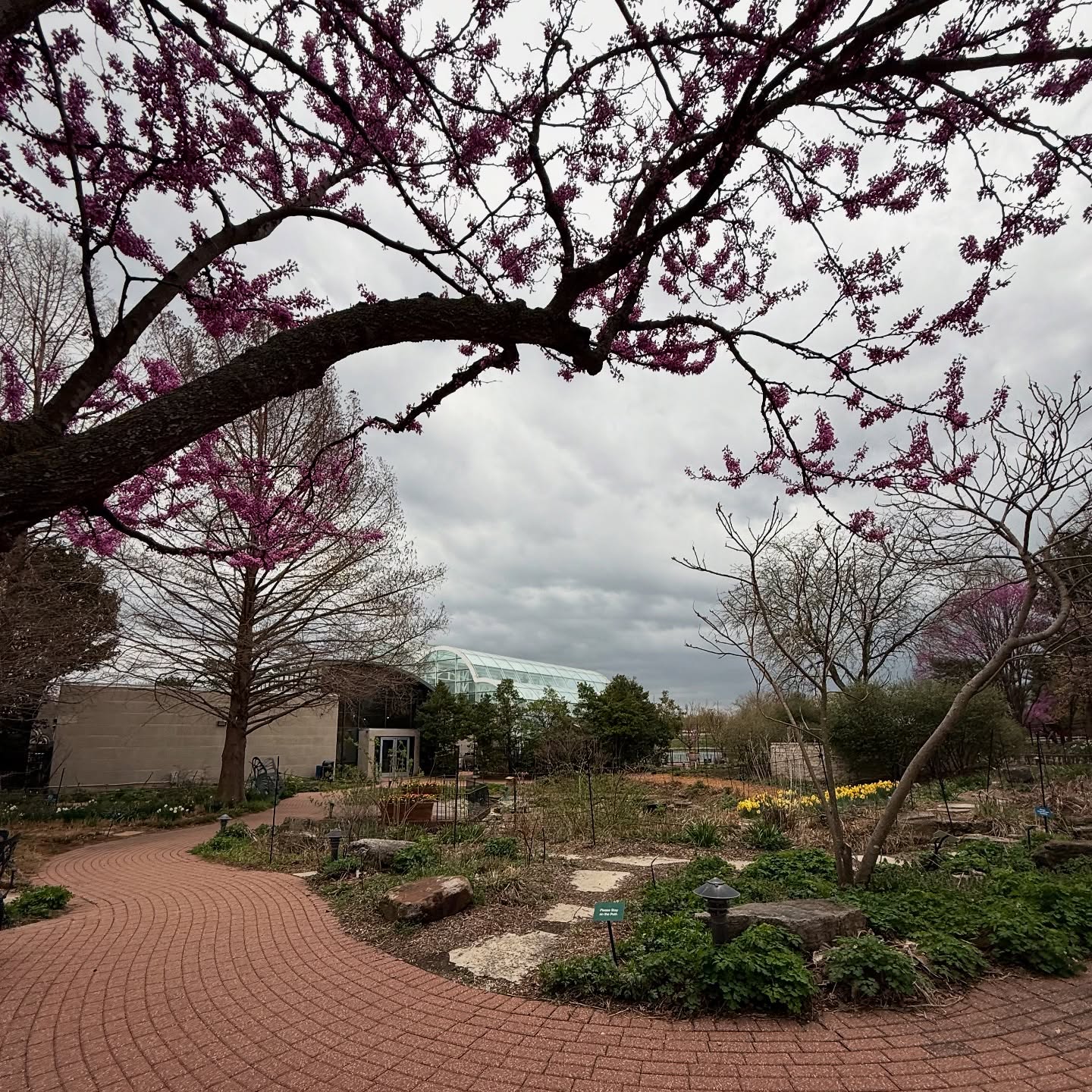- Explore the role of botanical environments in butterfly conservation efforts and their symbiotic relationship.
- Analyze the significance of maintaining diverse ecosystems within the Butterfly House for educational and conservation purposes.
- Discuss the features and design elements that allow for a thriving habitat inside the Butterfly House on cloudy days.
- Examine the impact of public engagement and education facilitated by the Butterfly House on wildlife conservation.
Butterfly houses serve as sanctuaries, where botanical environments play an essential role in supporting butterfly conservation efforts. Inside a Butterfly House, both native and exotic flora create a microclimate conducive to nurturing these delicate insects. The role of botanical environments extends beyond aesthetics; they provide necessary nourishment and habitat. Host plants are crucial for larvae; nectar-rich flowers support adult butterflies. This symbiotic relationship maintains not just the butterflies’ life cycle but also contributes to the ecosystem’s health. Plants like milkweed and passionflower are examples of flora that are indispensable to many butterfly species.
A key component of a thriving Butterfly House is biodiversity. A diverse ecosystem within these spaces mirrors natural habitats and promotes ecological balance. Creating such ecosystems requires a strategic selection of plant species that match the ecological needs of different butterfly species, offering varied nutrients and breeding grounds. Botanical diversity is integral to ecological stability and resilience, providing a practical model for conservation practices. Furthermore, the inclusion of trees and larger plants provides necessary shelter and rest areas, enhancing habitat complexity and encouraging natural behaviors.
Even on cloudy days, Butterfly Houses can offer vibrant experiences, thanks to their thoughtful architectural and design elements. These structures often integrate ample natural light through glass or transparent materials, maximizing the amount of daylight available. This design simulates sunlight filtering through a forest canopy, which helps to maintain environmental conditions similar to natural habitats. Additionally, temperature and humidity controls ensure that both plants and butterflies can thrive regardless of external weather conditions. Lighting plays a pivotal role in ensuring that butterflies remain active and visible, enhancing visitor experiences. Clever placement of plants and structural design helps mimic natural ecosystems, promoting both educational engagement and conservation research.
Public engagement is essential for wildlife conservation, and Butterfly Houses actively foster this through interactive and educational programs. By allowing visitors to witness the lifecycle of butterflies up close, these venues raise awareness about the importance of biodiversity and conservation strategies. Educational programs and guided tours can impart knowledge about specific species, their role in ecosystem health, and the challenges they face due to habitat loss and climate change. Such educational initiatives not only increase visitor appreciation for these insects but also promote broader discussions about environmental stewardship and responsibility.
The Butterfly House serves as a vibrant educational platform for both children and adults, offering a tactile experience that can transform attitudes towards wildlife conservation. It highlights the interconnectedness of all species, stressing how alterations in plant and insect populations can cascade through ecosystems. The power of immersive education in these settings lies in its potential to inspire action, encouraging visitors to adopt sustainable practices in their own lives. Consequently, the lessons learned in these environments extend beyond the confines of the Butterfly House, resonating with global conservation efforts.
By focusing on these elements, the Butterfly House not only becomes a haven for its winged occupants but also a hub for learning and conservation advocacy. Through its unique structure and ecosystem management, the Butterfly House provides invaluable insights into the complex web of ecological relationships. This makes cloudy days still shine brightly within these special spaces, as they continue to inspire and educate, ensuring their role in the future of wildlife conservation. In engaging with a captive yet dynamic audience, the Butterfly House acts as a crucial link in bridging the gap between human awareness and environmental sustainability.
*****
Source Description
Cloudy days are still bright at the Butterfly House with blooming flowers and trees, both inside and out!
📷: Paula Betz


